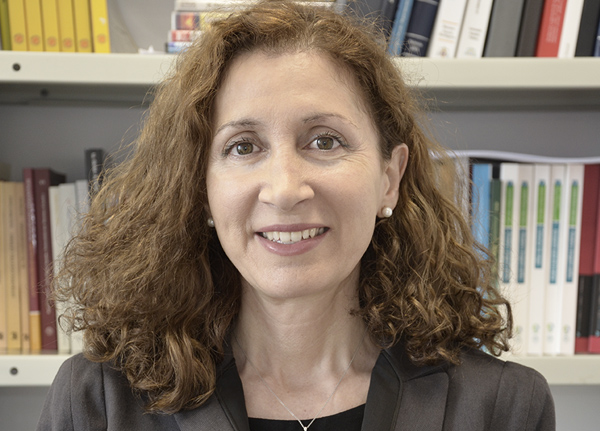Comparative study of the frequency of use of natural therapies among the Spanish population and their public image on digital media
Reference
Moreno-Castro, C. & Lopera Pareja, E. H. (2016). “Comparative study of the frequency of use of natural therapies among the Spanish population and their public image on digital media”. Communication featured at the 14th International Conference on Public Communication of Science and Technology (PCST 2016). Istanbul (Turkey), April 26-28.
Abstract
The Observatory of Natural Therapies published in 2008 the results of a quantitative study, the only one so far in Spain, indicating the frequency of use of some alternative therapies. For this, 2,000 individuals were interviewed, aged between 16 and 65, with a sampling error of +/- 2.25%, and a confidence level of 95%. Based on the eleven techniques most often reported on the survey to improve some ailment, we did a boolean search in online newspapers to know how representative these techniques are in newspapers and what bias is transmitted (positive or negative). The frequency of use of the techniques were: yoga, 32.5%; acupuncture / TCM, 31.5%; massage, 28.4%; Homeopathy, 23.0%; Reflexology, 16.1%; Tai-chi, 13.3%; Flower therapy, 12.0%; Lymphatic drainage, 9.1%; Naturopathy, 8.8%; Reiki, 8.4%; Osteopathy, 8.2%; Shiatsu, 3.9%; and Kinesiology, 2.1%. We have selected the period from January 1, 2015 until July 31, 2015, to conduct searches and analyse the texts of the following newspapers: ABC, El Pais, El Mundo and La Vanguardia. This period of study coincides with a major social controversy, widely discussed in the media and on social networks. A popular talk show host of TVE, the Spanish public television, was speaking in her program on health effects of aromatherapy, when she said: “the smell of lemon can prevent cancer”. Many experts criticized public television for promoting alternative techniques on their health programs. In the wake of this event different techniques of natural medicine (in favor and against) began to appear in the media. In this study, we assess the scope of this event in the transmission of social imaginary and compare if the frequency of use of these therapies is linked with the frequency of media presence with a positive image.




